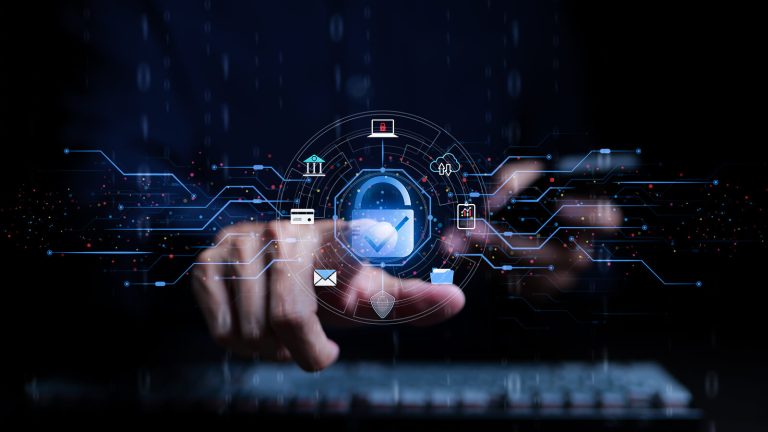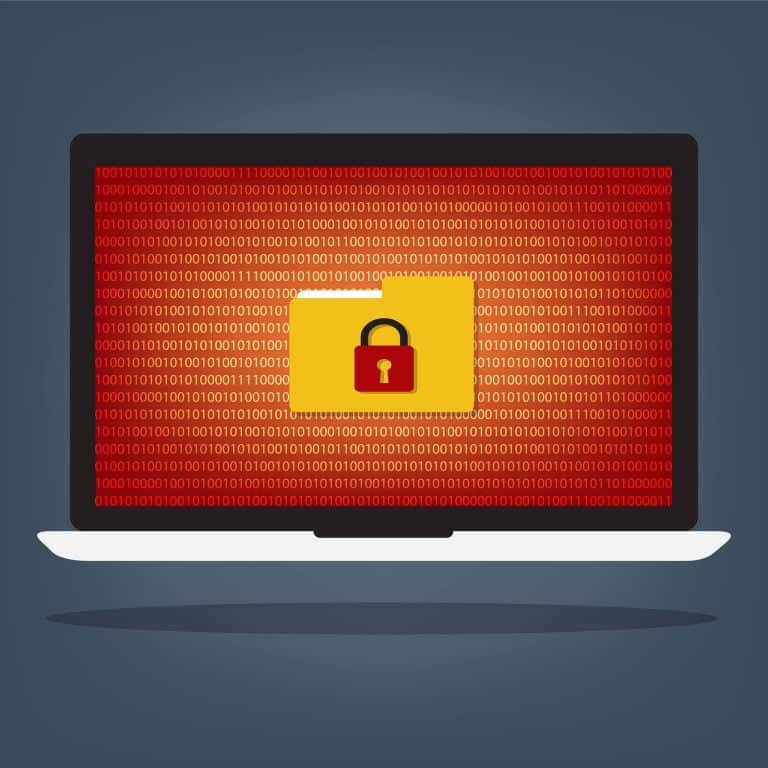Cyberattacks constantly threaten content management systems (CMS) because of outdated or lacking security measures. Once in the system, threat actors can steal login data and personal information or hold a content management system for ransom. Here are some tips to ensure that does not happen.
Table of Contents
ToggleThe Most Common Types of Cyberattacks
Hackers can use various cyberattacks to get into a content management system. These attacks usually involve figuring out passwords or finding a way to insert malware into the system. One of the most common threats is phishing scams.
In a phishing scam, cyberattacks will pose as a trustworthy person or organization, creating a fake URL and website to trick victims into clicking a link through email or text message. When pressed, it will insert a form of malware into its system to steal data.
Security Measures for CMS
When deciding on a content management system for your business, there are five key security features to be sure are included: data wiping, password protection, encryption, digital rights management, and data loss prevention. However, even if these conditions are met, it is still crucial to be vigilant in taking extra security precautions. Here are some standard methods to safeguard a CMS.
Use Strong Passwords
Starting with the most obvious one, a strong password is still essential for good security. In addition, regularly changing passwords can go a long way to keeping threat actors out of a CMS.
Remember to avoid using personal information such as dates, names and addresses. Hackers can easily guess these, especially if they already did their research and know a little about the people with access to the CMS.
CAPTCHAs
When visiting CMSs, users surfing the internet probably have to get past one or two of these. CAPTCHA stands for Completely Automated Public Turing Test to Computers and Humans Apart. They are easy word or picture puzzles website visitors must complete to progress further into its content.
Hackers often use automated programs to probe a website’s security systems and search for vulnerabilities. These bots are simple machines that can only recognize certain types of information. CAPTCHAs present website visitors with a pattern a human could easily recognize — like words or pictures — but bots would be unable to solve.
Two-Factor Authentication
Two-factor authentication is a security protocol that has become the standard today. Also known as 2FA, it involves using multiple devices to authenticate a user trying to access a website.
Two-factor authentication notes every device that tries to access your content management system. If someone tries to log in from an unrecognized device, it will send a message to the administrator’s phone or email. If the person trying to access the system is a threat actor, they can choose to lock out the device.
Cybersecurity Monitoring Programs
Investing in cybersecurity monitoring and prevention systems is essential for protecting a CMS. Programs like antivirus software, encryption tools and network security monitoring are all valuable ways to protect systems. The more layers there are to security, the more deterred threat actors will be.
Keeping Up With CMS Updates
Like all software, content management systems must constantly update to keep up with new security threats. This might be another obvious one, but with how busy life can be, it’s easy to forget or choose to ignore the update alert.
Some users might feel like updating their CMS to the latest version is optional, but those updates contain patches to security vulnerabilities found after the CMS’s release. Threat actors most likely know about these vulnerabilities and not updating leaves them open for those attackers to exploit.
Keep Vigilant Online Habits
Keeping good online habits might be more challenging than many people think. Everything everyone does online leaves a digital footprint that can trace back to them. This is one of the ways hackers get to know who their victims are — they follow their online habits and tailor their attacks based on what is most likely to entice them to click on a malware link.
Downloading files only from trusted sources and accepting just the necessary cookies are great ways for users to keep their visibility down. Another easily missed habit is checking pre-ticked boxes when asked to allow something. Suspicious websites often disguise malware programs as contracts or other messages and clicking on them will let the malware into computer systems.
If a user receives a message from what appears to be a trusted source — like a bank — always check the URL. Remember, phishing scams will use URLs that appear close to real organizations, but there are differences. Learning how to recognize a phishing message or email will help protect any content management system.
The Importance of CMS Cybersecurity
Managing your content management system’s cybersecurity is a necessary hassle in the digital age. Cyberattacks become more sophisticated as the years go by — keeping up with security trends will go a long way to safeguarding a content management system.




